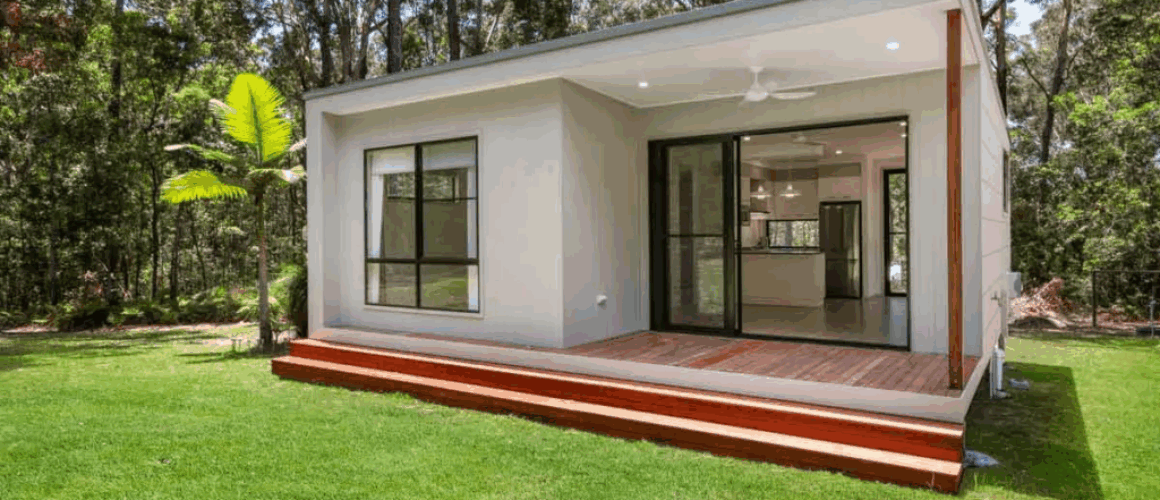Modular Homes Emerge as Affordable Housing Solution

In the face of Canada’s growing housing affordability crisis, modular homes are quietly gaining traction as a practical and scalable solution. These factory-built dwellings—assembled in modules and then transported to final sites for installation—offer a promising alternative to traditional construction, particularly for lower-income families, remote communities, and urban planners seeking cost-effective development strategies.
What Are Modular Homes?
Modular homes are prefabricated residential units built off-site in a controlled manufacturing environment. Unlike mobile homes, modular units are engineered to the same codes and standards as traditional homes and are often indistinguishable once installed. Each module is built with precision, ensuring consistent quality, and then transported to the designated lot where it is joined with other modules to form a complete home.
Why Modular Is Gaining Momentum
The core appeal of modular homes lies in three critical factors: speed, affordability, and scalability. Traditional home construction can be delayed by weather, labor shortages, or supply chain issues. In contrast, modular units are built indoors, allowing developers to bypass environmental delays and significantly reduce project timelines—often completing homes in half the time of conventional methods.
Affordability is another key advantage. The cost per square foot of a modular home can be 20–30% lower than traditional builds, thanks to bulk material purchasing, automated processes, and reduced labor expenses. This makes modular housing especially attractive for government-subsidized housing programs and non-profit initiatives addressing homelessness or low-income housing shortages.
Urban and Rural Applications
In urban centres where space is limited and construction is expensive, modular buildings can be stacked to form multi-family dwellings or micro-apartment complexes. Cities like Vancouver and Toronto are beginning to pilot modular villages as transitional shelters and long-term affordable housing. For rural and remote areas, particularly in Indigenous communities or northern regions, modular homes provide a fast and cost-efficient way to overcome logistical barriers and deliver dignified living conditions.
Environmental and Social Impact
Modular homes also have a smaller environmental footprint. The controlled factory setting allows for more efficient material usage and waste management. Some manufacturers are now integrating sustainable materials, solar panels, and energy-efficient insulation into their designs, further aligning modular housing with Canada’s climate targets.
Socially, modular housing can restore dignity and stability for families previously priced out of the market. It provides an entry point into homeownership and creates a foundation for financial independence, especially in regions where the cost of living is skyrocketing faster than wages.
Policy and Future Outlook
As policymakers look for rapid, scalable solutions to Canada’s housing crisis, modular homes could play a central role. Governments at all levels may soon offer incentives, zoning reforms, and partnerships with modular manufacturers to streamline deployment. The rise of public-private partnerships in this space could unlock significant potential to address the housing shortfall over the next decade.
While not a silver bullet, modular homes represent a bold shift in how we think about housing—from slow, expensive builds to agile, cost-effective solutions. As innovation continues to improve quality, design, and efficiency, modular housing may very well become the cornerstone of Canada’s affordable housing future.